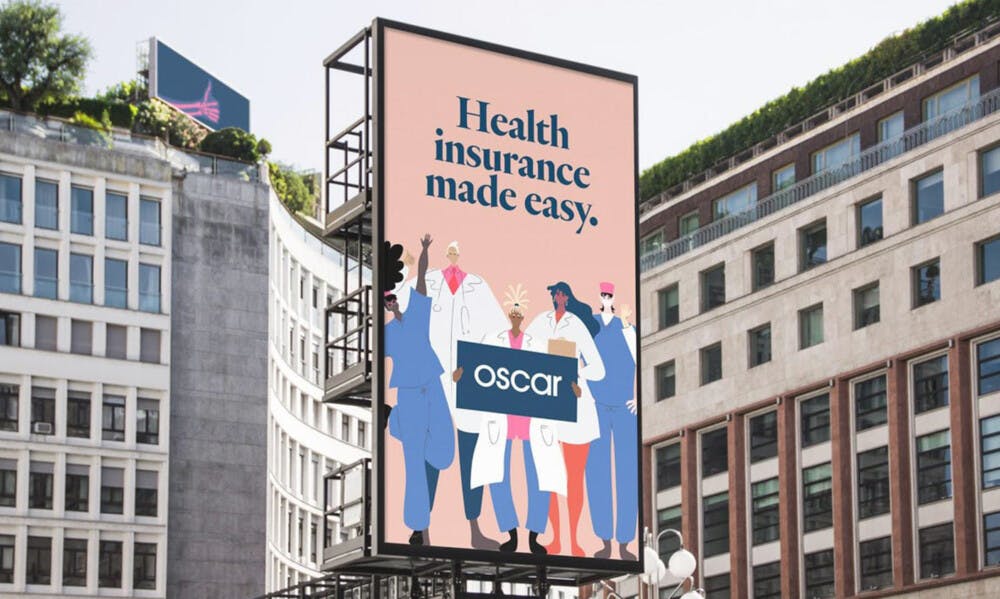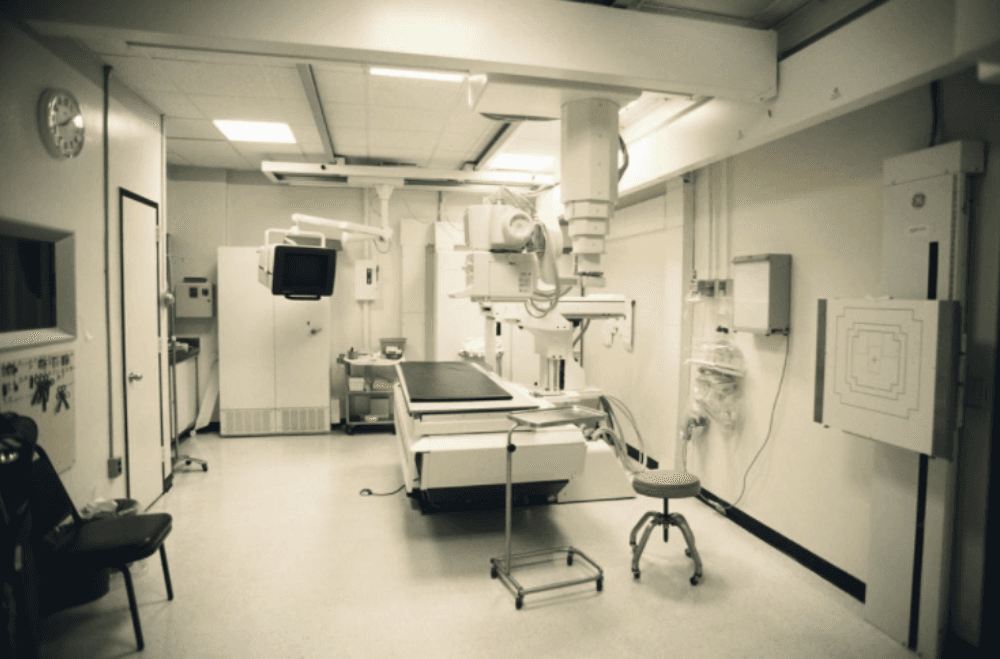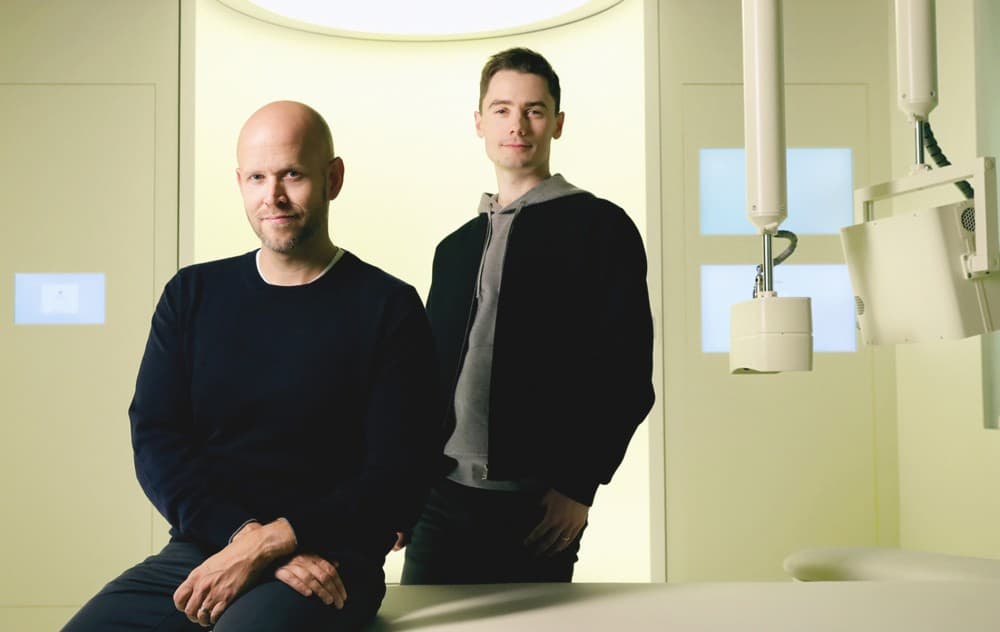Founders' Stories|
Consumer websites show how to improve billing for medical treatment
Medical billing in the US can be alarmingly confusing. For a single course of hospital treatment, patients often receive several invoices which are not easily understood. If they don’t pay on time, debt collectors demand payment. Patients love the doctors but hate the billing process – which discredits the hospitals.
FLORIAN OTTO, CO-FOUNDER AND CEO CEDAR
I first realised that this was a problem when my fiancée went to the ER in a New York hospital. She swiped her credit card for the co-payment, the fixed amount charged to insurance policyholders which you have to pay for treatment before it begins. She thought everything was done, but a month later got an invoice from the hospital which used strange treatment codes that she didn’t understand, with no information on how to pay it. She called the hospital, spent 20 minutes on the phone finding out what it was for and paid it by credit card.
Then came a bill from the lab, a different business unit, which included a slip for the payment to be mailed back. She did this, but suddenly landed in bad debt collections: the lab had sent her the invoice to the wrong address. She was frustrated by the billing experience and said she’d never want to go back to the hospital. If the billing process was so messed-up she was afraid the medical team was as well.
After qualifying as a doctor in Germany, I had worked for McKinsey where I advised on a lot of healthcare projects and later founded a daily deal company which became Groupon Brasil. As a former management consultant and entrepreneur, I decided to do some research into whether this problem of US hospital billing systems was big enough to be worth finding a better way of collecting the money.
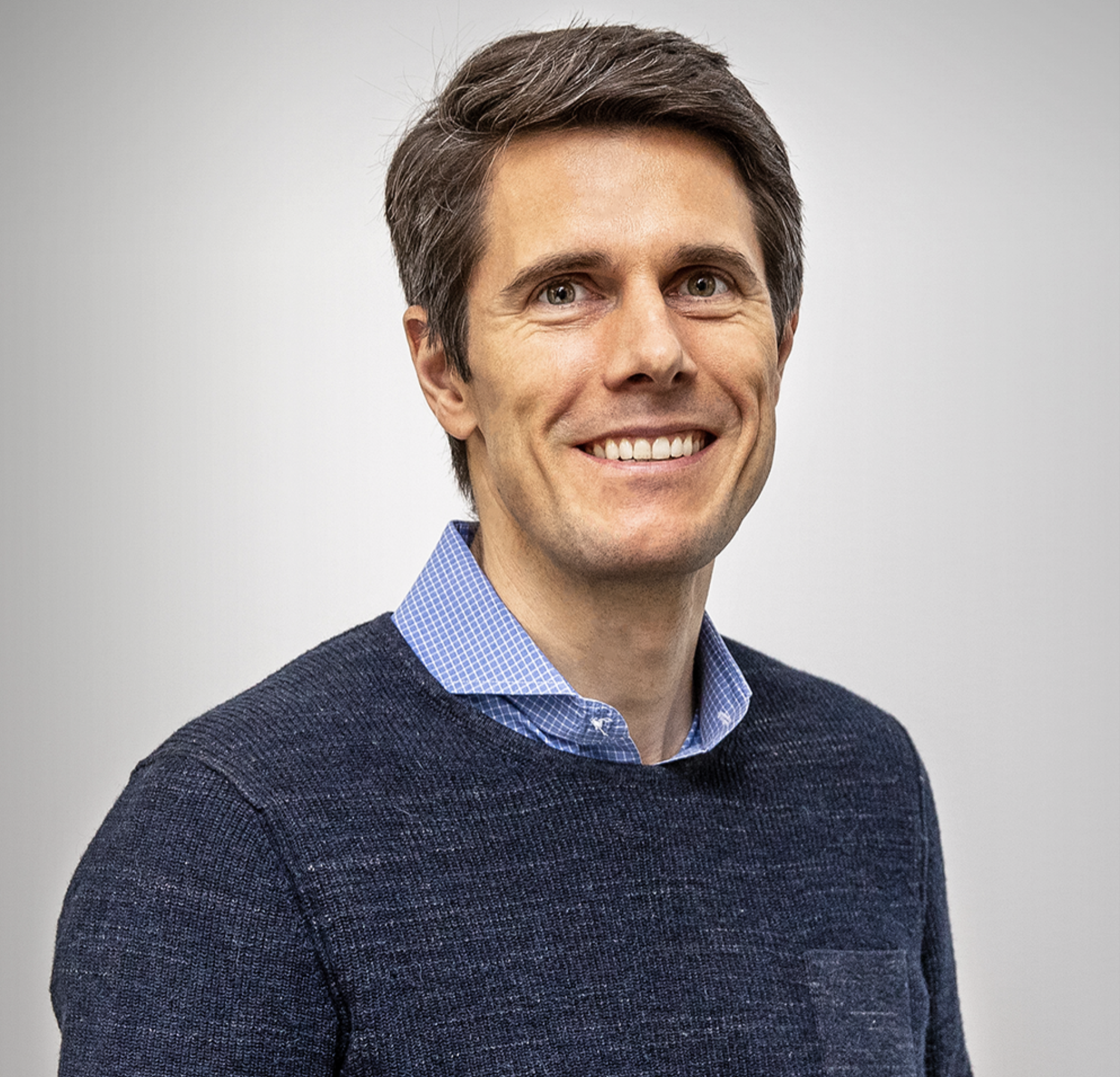
My research showed that it was a very big problem which every patient complains about, so we asked patients who hadn’t paid a medical bill why they hadn’t. The answers were for simple reasons, such as they had never received the bill, didn’t understand it, couldn’t use the payment system, or couldn’t pay it all at once. More than 90 per cent said they would pay their bill if was easy, understandable and affordable, and I co-founded Cedar in 2016 to devise a medical billing process that met those criteria.
I then discovered the scale of the problem for healthcare providers: only 30–40 percent of medical bills are paid, which is completely crazy. And there are 50 million people in the US – one in six – who have a bad credit score which includes unpaid medical debt. Half of them would have a clean credit score if they paid off the median medical debt of USD200. This reveals a process problem, rather than ability to pay.
The problem is so big because of the growth of high deductible healthcare plans which employers use to reduce the cost of insurance for employees. Healthcare costs grow by 8–9 per cent a year but companies’ profits grow by 2–3 per cent, and making the patient pay more of the bill shifts costs to employees. The average deductible that has to be paid out of an employee’s pocket has risen from USD600 to USD3,000 in ten years, and the proportion of healthcare plans with high deductibles has risen from 4 percent to 45 percent.
Only 30–40 percent of medical bills are paid in the US
Fifteen years ago, deductibles were a negligible proportion of healthcare bills, but today they account for 15 per cent of the cost. Hospital billing for out-of-pocket billings is now around USD300 billion a year, but only USD120 billion is collected – adding another USD180 billion to the bad debt total which is growing at 30 percent a year.
I thought we could fix the processing problem, which can be summarised as follows: all of the bills for medical treatment are sent to the insurance company which pays them minus the deductibles; it tells the health-care provider to collect the rest from the patient; the hospital sends out three physical invoices, usually after 30, 60 and 90 days; if they are not paid, the account is sent to debt collections. Online businesses such as Expedia, Amazon and Netflix collect payments much more efficiently and painlessly, so Cedar borrowed parts of their processes to create a collection system around three pillars.
We cluster patients into groups and send them an appropriate invoice using machine learning, data science and algorithms
The first is that while everyone currently receives the same invoice, it makes more sense to issue an invoice suited to individual circumstances. We cluster patients into groups and send them an appropriate invoice using machine learning, data science and algorithms such as Netflix’s which tells subscribers which movies they might enjoy next.
For example, we invoice a patient who lives in an underserved area and owes USD2,000 differently from one in an affluent area owing a USD50 co-payment. If the patient switched the last invoice from English to Spanish, we send the next invoice in Spanish. We send a text message with each invoice. If you don’t click on the link, we send an email. If you don’t click on the email or click on it but don’t pay, we send another email. It’s an individualised billing process.
The second pillar follows an Amazon Prime technique to make the bill understandable: instead of using codes and Latin words, the treatment is explained in everyday English. We have a tracking procedure for invoices similar to the FedEx track-your-pack-age tool: we developed our track-your-bill function so that patients don’t get lost in their billing process. The online invoice has a chat function so you don’t have to call the healthcare provider if you have a question with a chatbot for 24-hour service). Patients who can’t pay in full can easily set up payment plans and use PayPal or Apple Pay to settle the bill.
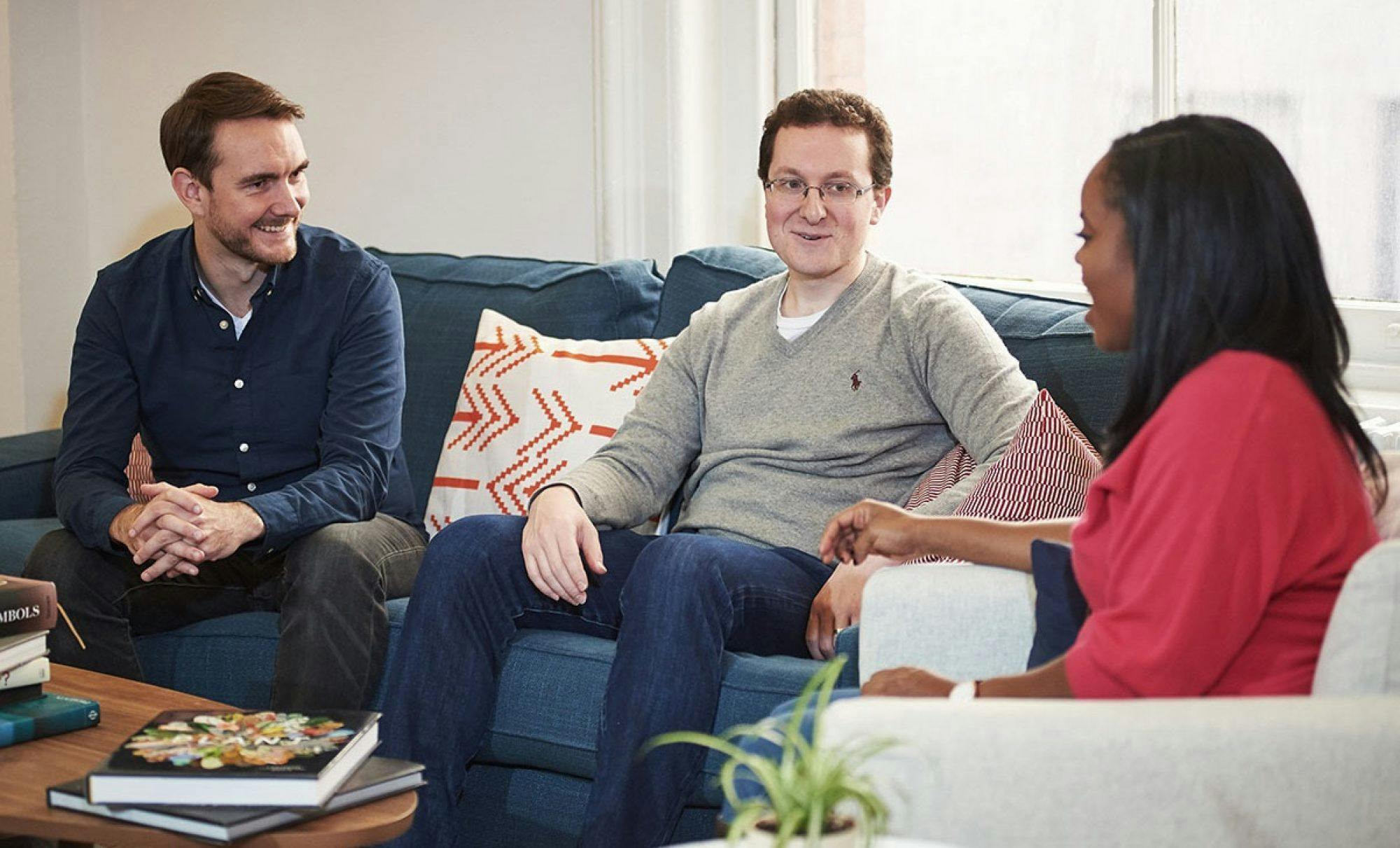
The third pillar uses enterprise software to help healthcare providers engage with patients via chat, and to carry out detailed analytics of all the billing data to improve their performance.
Cedar’s processes have increased patient satisfaction with medical invoicing to 96 per cent, which is very high for billing. The percentage of every dollar invoiced which is collected rises at least 30–40 percent, while collection times fall by around half. The cost of collecting each dollar also falls, with savings including reductions in the number of paper invoices sent out and telephone follow-ups.
The healthcare providers which have signed up since we launched in December 2017 are delighted with the service. And the patients who use hospitals find it easier to use, as they are similar to the experience of using Netflix, Amazon and Expedia. Our challenge now is to increase the number of healthcare providers we serve from eight to 100, and then to 500.
We raised USD13 million in a Series A funding round in December from investors that included Lakestar, and a Series B round in June raised another USD36 million from existing and new investors. Our digital health platform has demonstrated how it can simplify billing transactions, increase engagement with patients and optimise provider processes, and we are pleased with the strong show of support from our investors and partners.


